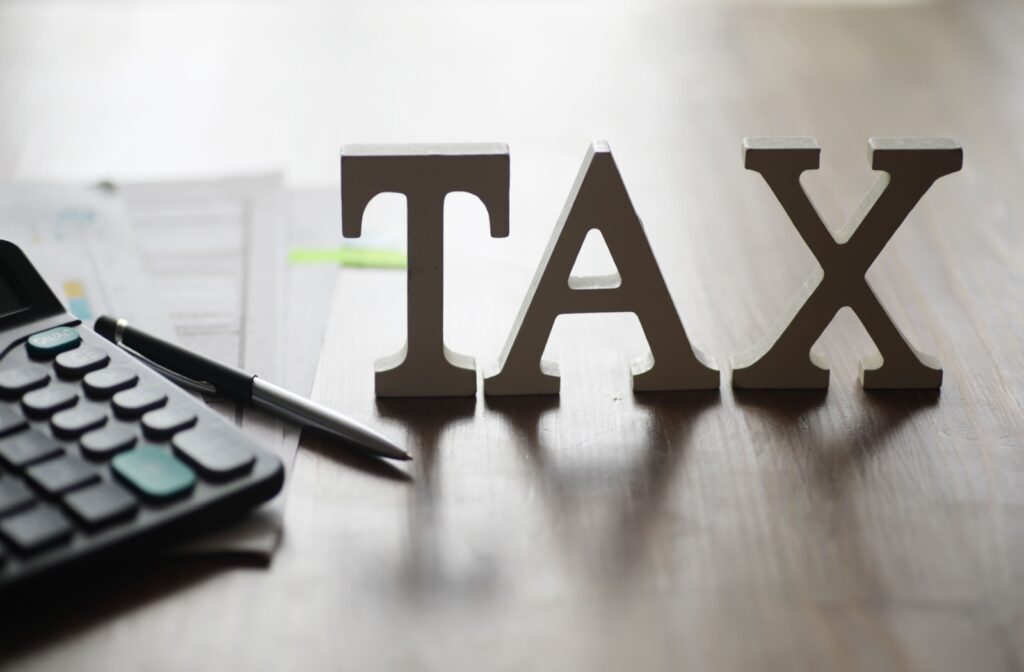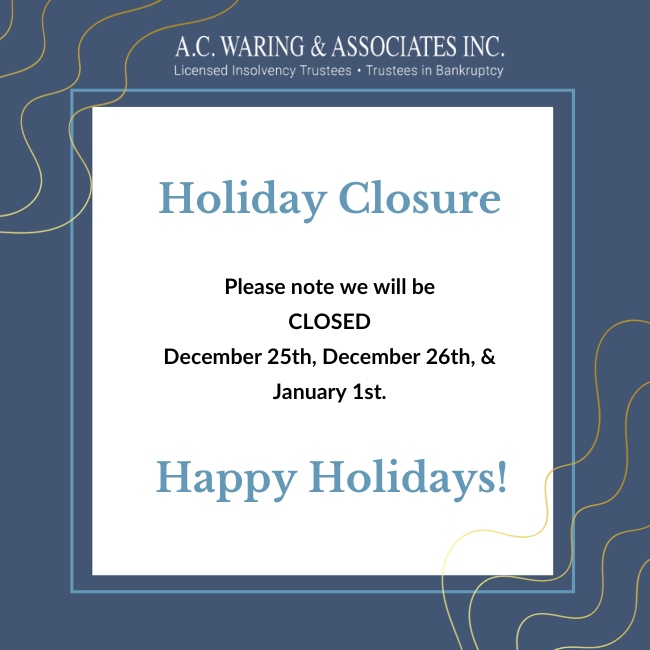Like individuals, businesses sometimes find themselves in circumstances where they have trouble paying their bills. Sometimes, these debts can include outstanding taxes owed to the Canada Revenue Agency (CRA). If taxes remain unpaid for long enough, the CRA is legally entitled to take collections action against you.
Because of its status as a government agency, the rules that other creditors in Alberta follow regarding debt collections do not always apply to the CRA. Knowing the details of how the CRA operates can help you protect your business in stressful financial circumstances.
Types of Business Tax Debt in Alberta
The 2 primary forms of business tax debt in Alberta are GST tax debt, payroll taxes (source deductions) and corporate income tax arrears.
The CRA website has detailed information on all aspects of corporate income tax and charging GST/HST. An accountant who specializes in taxes can help guide you through the details.
What Are CRA Collections?
The CRA is empowered to collect taxes under federal law. This includes the power to file a document called a Requirement to Pay with the Federal Court of Canada for any unpaid taxes.
When the Requirement to Pay is filed with the court, it has the same legal force as a court order, and provides the legal basis for the CRA to begin collection actions. These actions can include redirecting government payments to offset your outstanding balance, garnishing other means of income, and seizing or selling the company’s assets.
The CRA Collections Process
- Initial notice & assessment: The CRA begins its collection process by issuing a Notice of Assessment. This notice details any outstanding taxes owed, along with applicable interest and penalties.
- Payment arrangement: If you are unable to pay the full amount immediately, the CRA encourages taxpayers to contact them to discuss payment arrangements. They offer various options to help manage your tax debt over time, which can prevent further enforcement actions.
- Collection call: Should the debt remain unpaid, the CRA may proceed with a collection call to discuss the outstanding balance and potential payment solutions. It is important to address this call promptly to avoid escalation.
- Demand to pay: If no satisfactory payment arrangement is made, the CRA will issue a formal “Demand to Pay” notice. This notice is a clear indication that further action will be taken if the debt is not resolved.
- Legal warning: In cases where the debt remains unsettled, the CRA may issue a legal warning. This serves as a final notice before enforcement actions are implemented.
Potential CRA Enforcement Actions
If the tax debt is not resolved through the aforementioned steps, the CRA may resort to enforcement actions. Here are some of the most common measures they might employ:
- Bank account freezes: The CRA can seize funds directly from your account to cover the outstanding debt, which can significantly impact your financial liquidity.
- Seizure of assets: In severe cases, the CRA may proceed with seizing and selling your assets, including properties and vehicles, to recover the debt. This is typically a last resort after all other avenues have been exhausted.
- Liens on property: The CRA can place a lien on your property, which prevents you from selling or refinancing your assets until the tax debt is cleared.
Proactive communication with the CRA and seeking professional advice can help mitigate the impact of these actions.
Impact of Tax Debt on Your Business
Tax debt can have a significant impact on your business even before collection actions begin. If your business taxes are not filed and paid by the applicable deadline, the CRA can assess interest and a late-filing penalty against your business based on the amount of money you owe.
If your tax debt remains unpaid for long enough (90 days in most cases, with some exceptions), the CRA is allowed to start its collections process. As mentioned above, the collections process typically starts with the CRA filing the Requirement to Pay notice, and may progress into seizing other income and assets.
Avoiding CRA Collections: Proactive Tips
- Keep accurate records: Making sure your financial statements are up-to-date will help prevent you from overlooking taxes you may owe.
- File on time: Even if you cannot pay your outstanding balance right away, filing your return on time will prevent you from being assessed a late filing penalty.
- Pay in installments: Many businesses pay their outstanding taxes on a quarterly or even monthly basis, rather than paying a large lump sum at the end of each tax year.

Strategies to Manage & Resolve Tax Debt
- Talk to a professional: Tax law can be infamously complicated. Tax accountants and licensed insolvency trustees are trained in how to help businesses manage and resolve their tax debts, and can help you determine the best options for your situation.
- Communicate in a timely manner: If you are not able to pay your tax bill immediately, give the CRA as much notice as possible. By contacting them early, you have a better chance of being able to defer your payments or make a payment arrangement for your outstanding balance.
Put Tax Debt Behind You
Handling business tax debt can be a frustrating experience, but A.C. Waring & Associates Inc. is here to help. Our licensed insolvency trustees can help you navigate the CRA collection process and manage your outstanding debts. For more information, contact us today.





